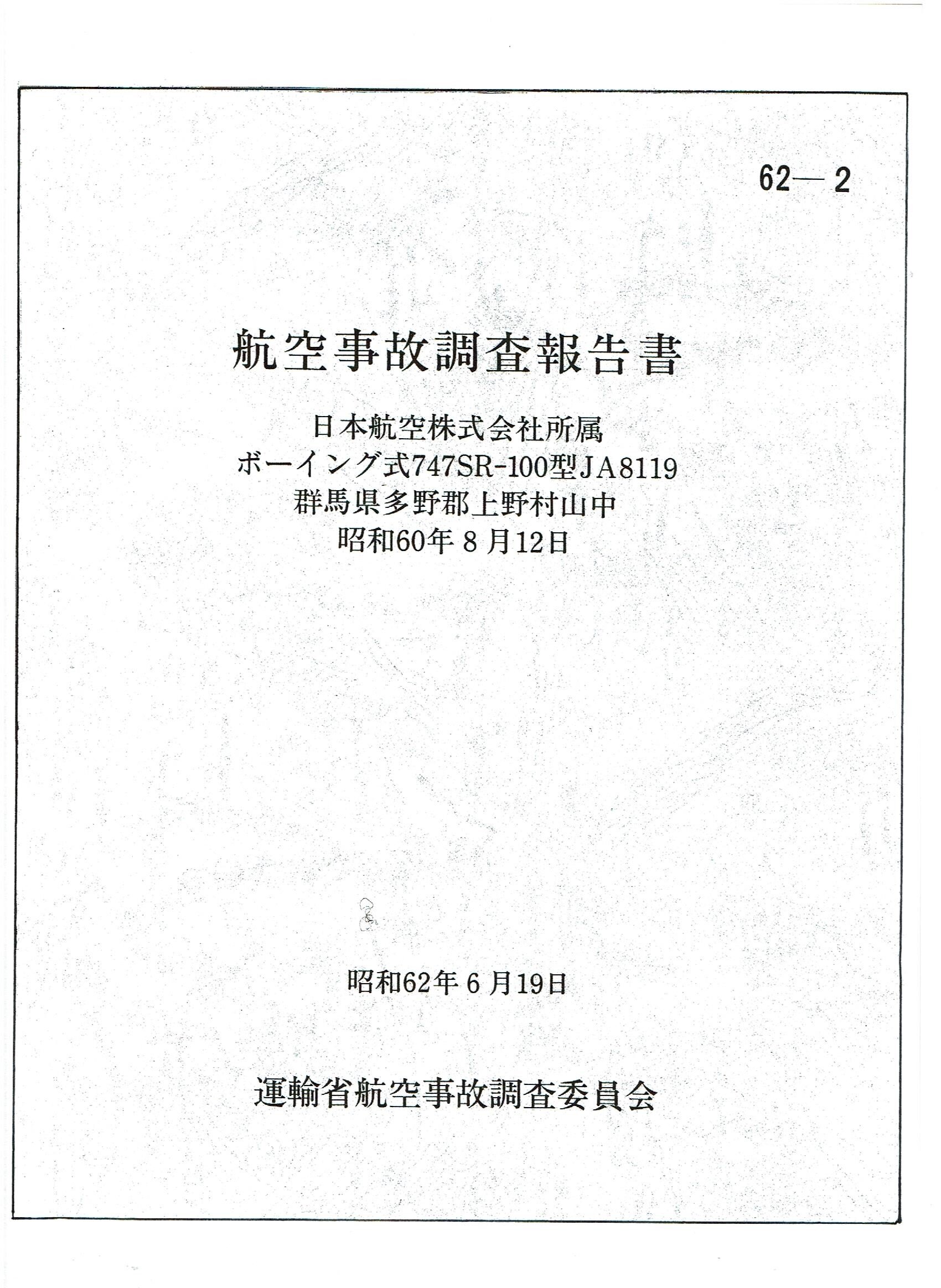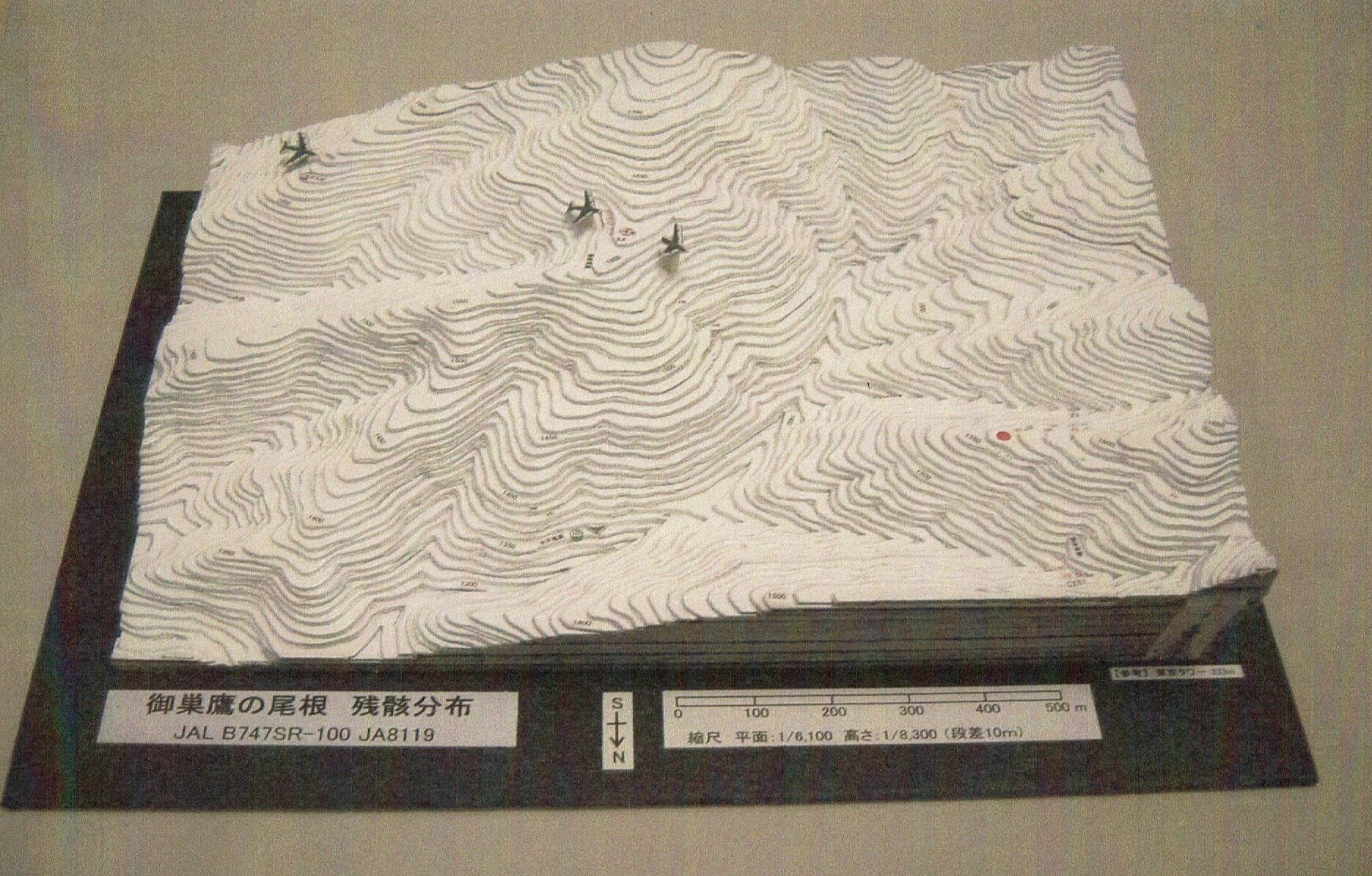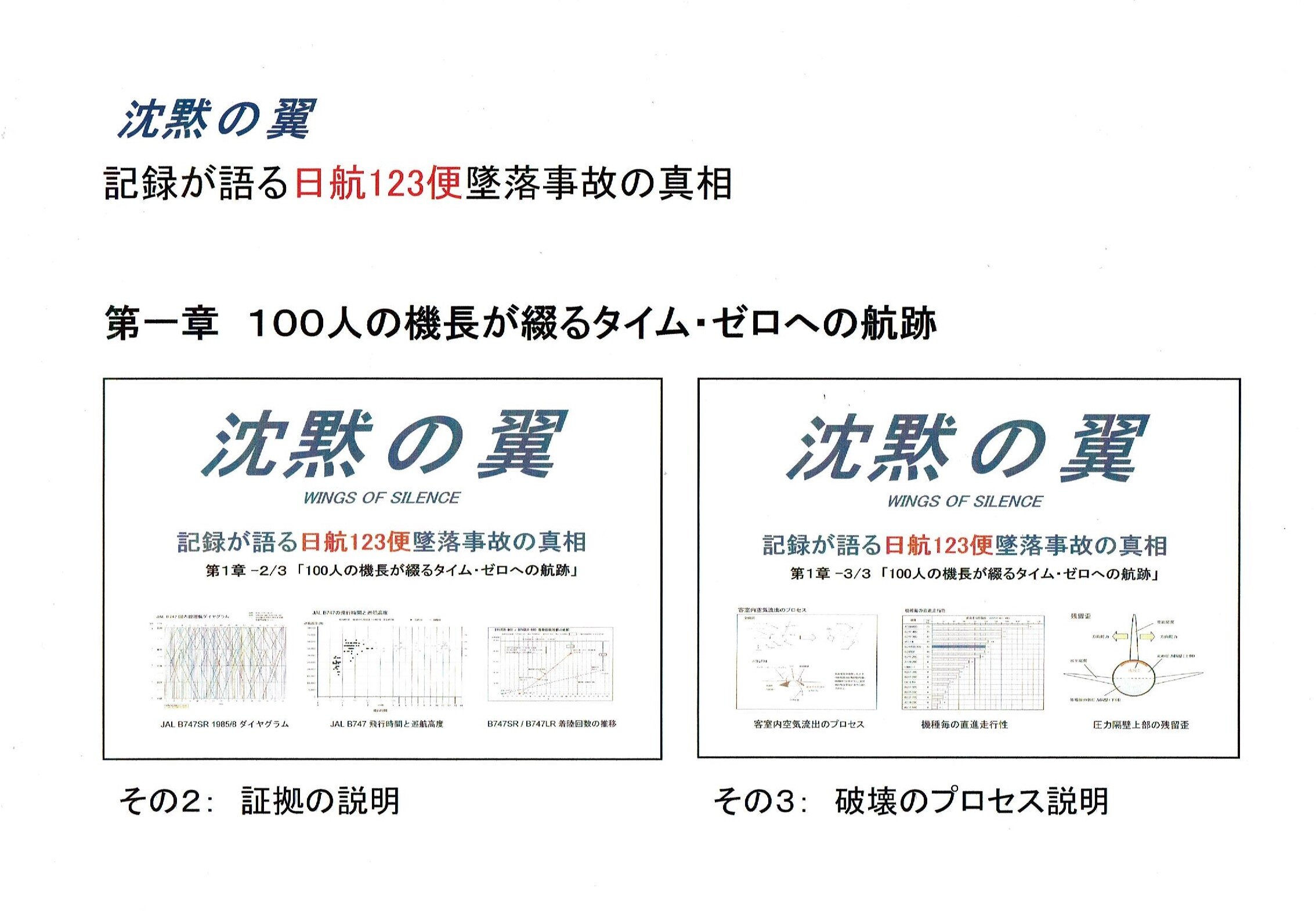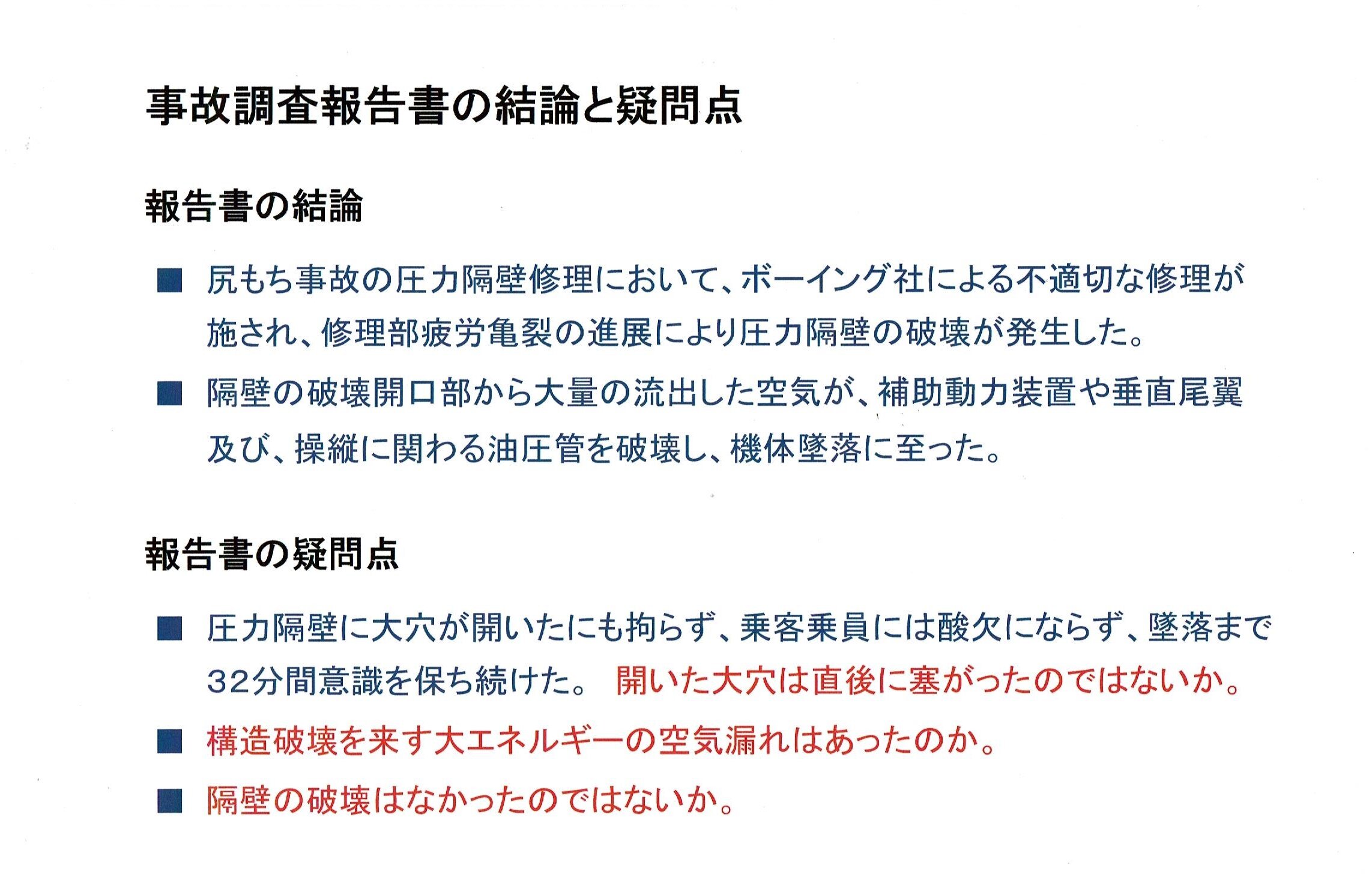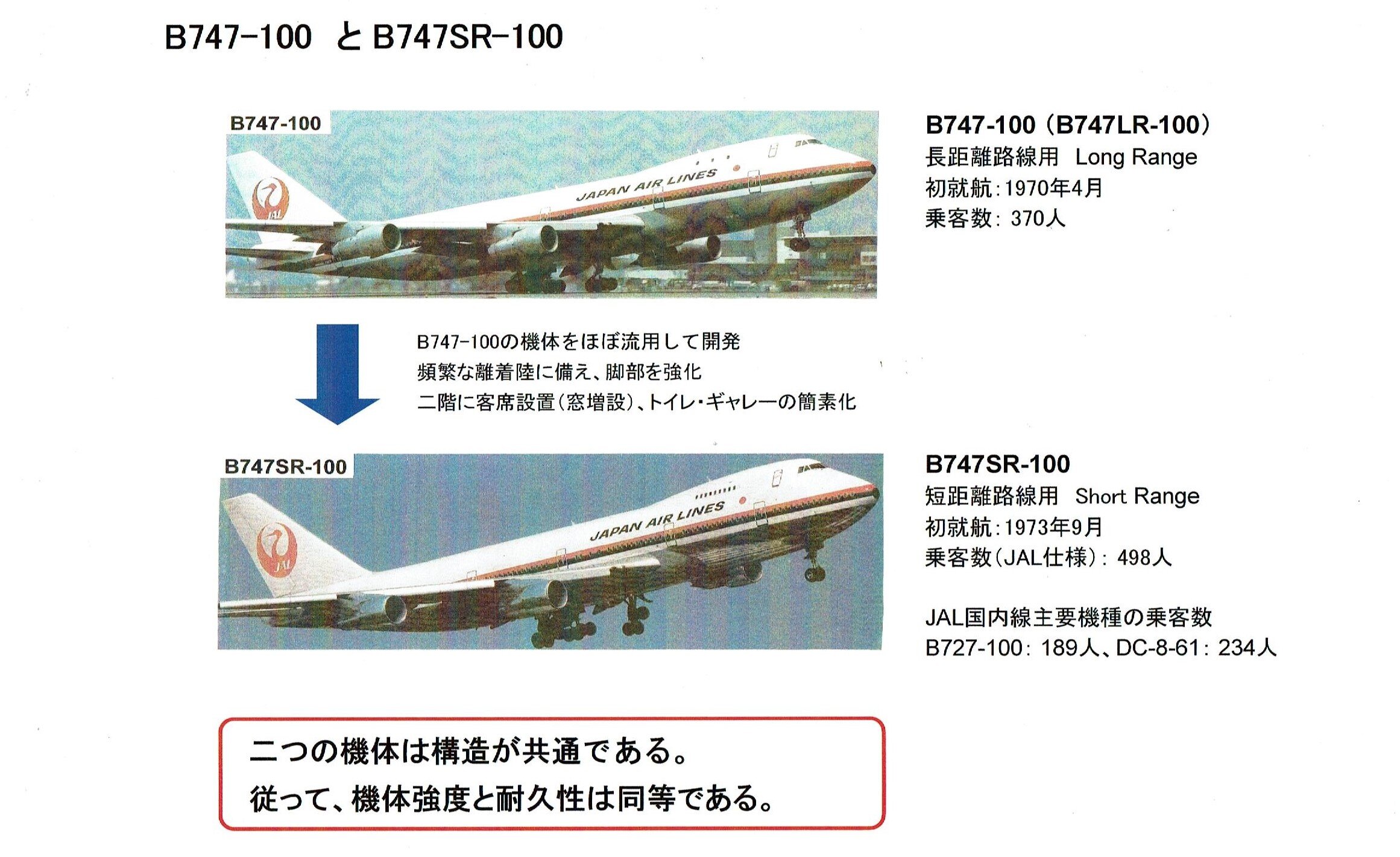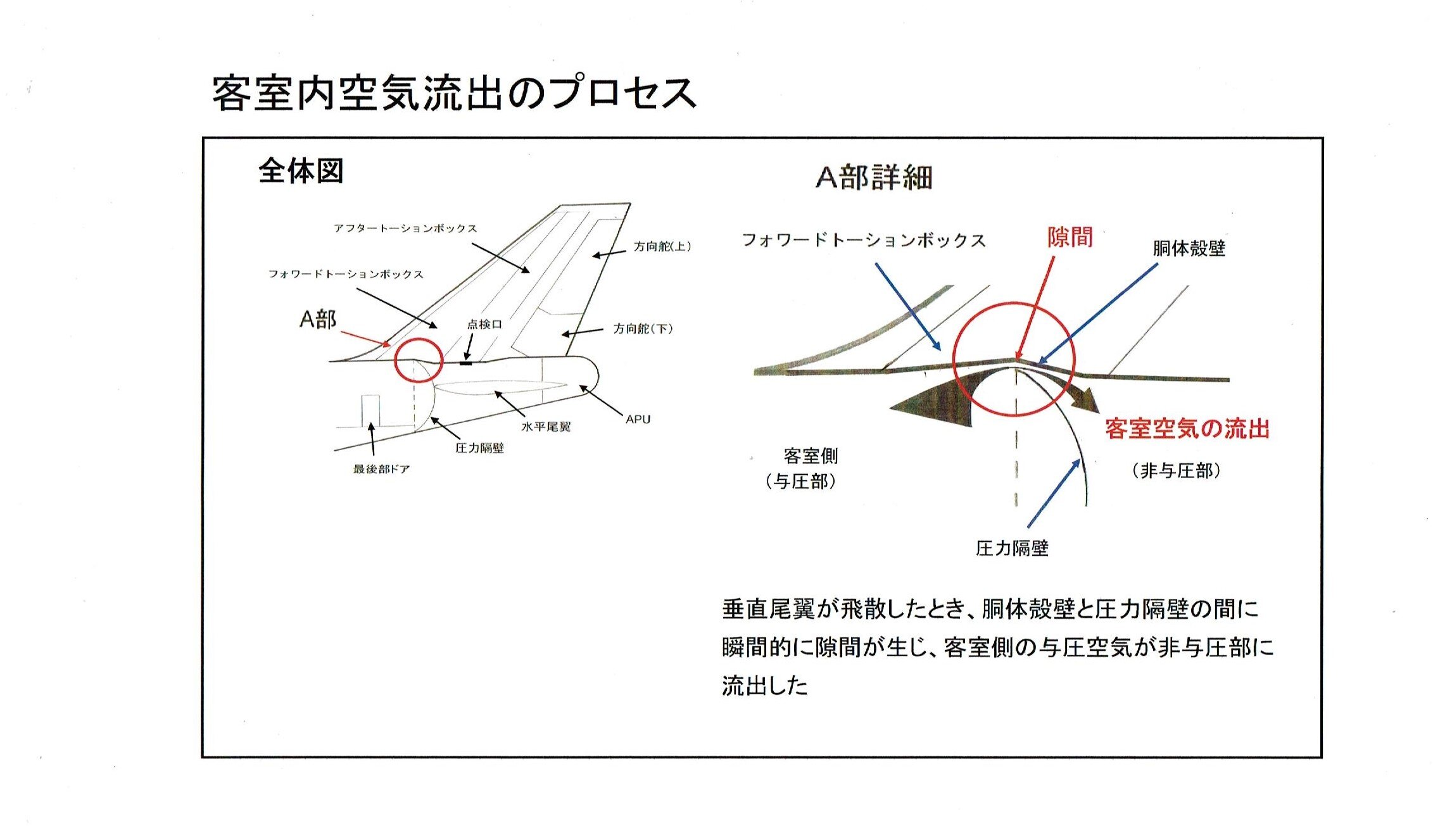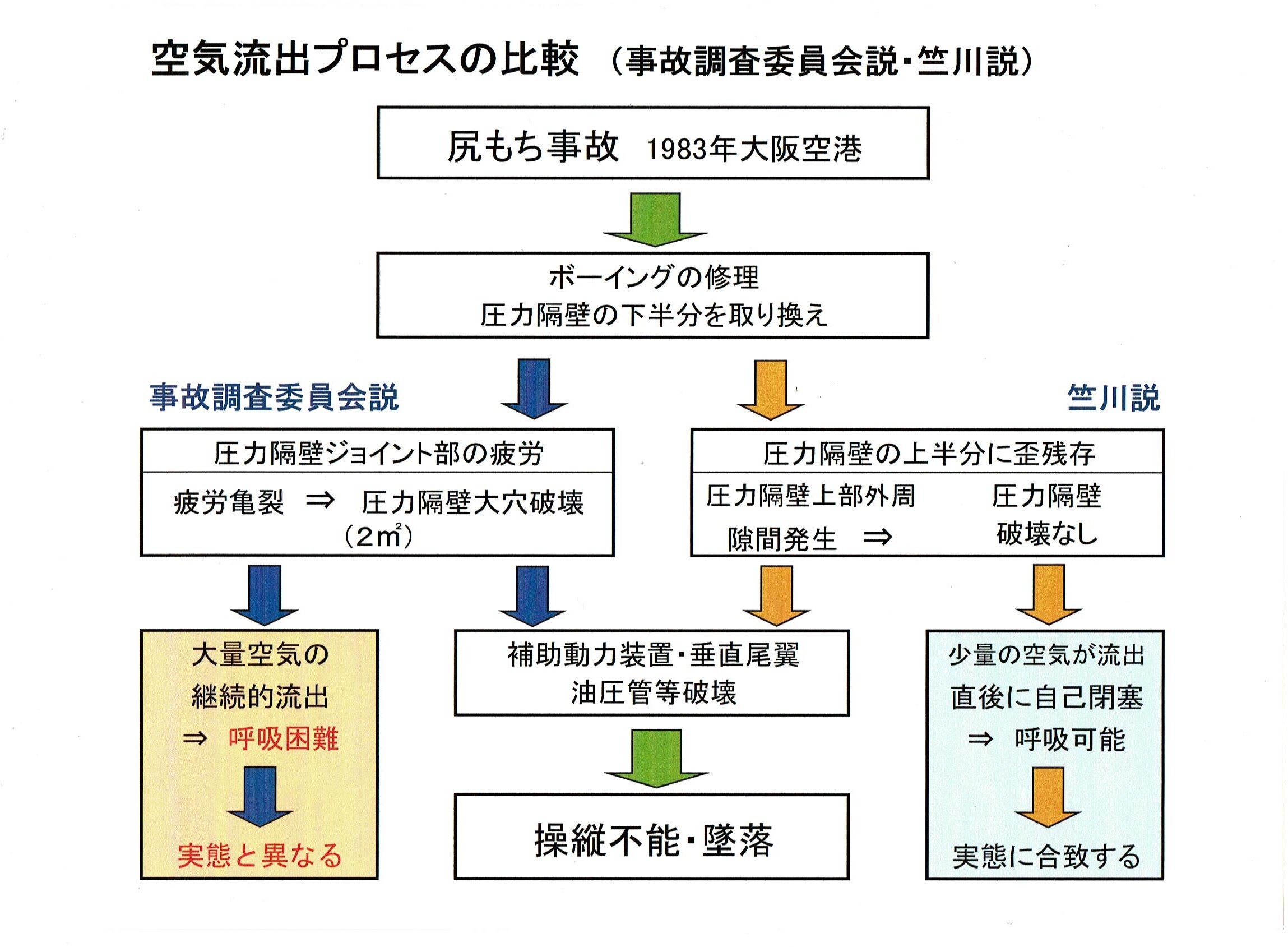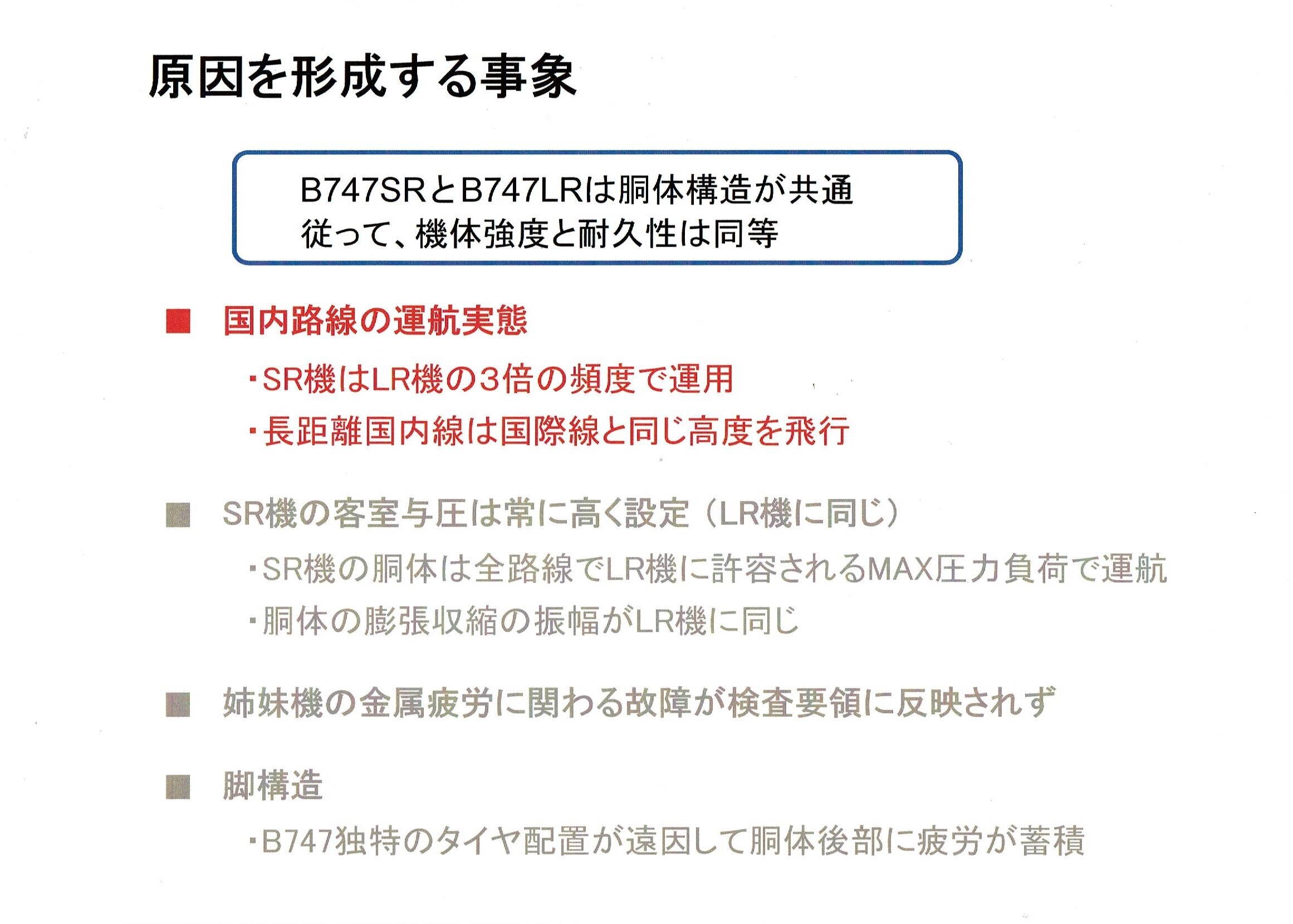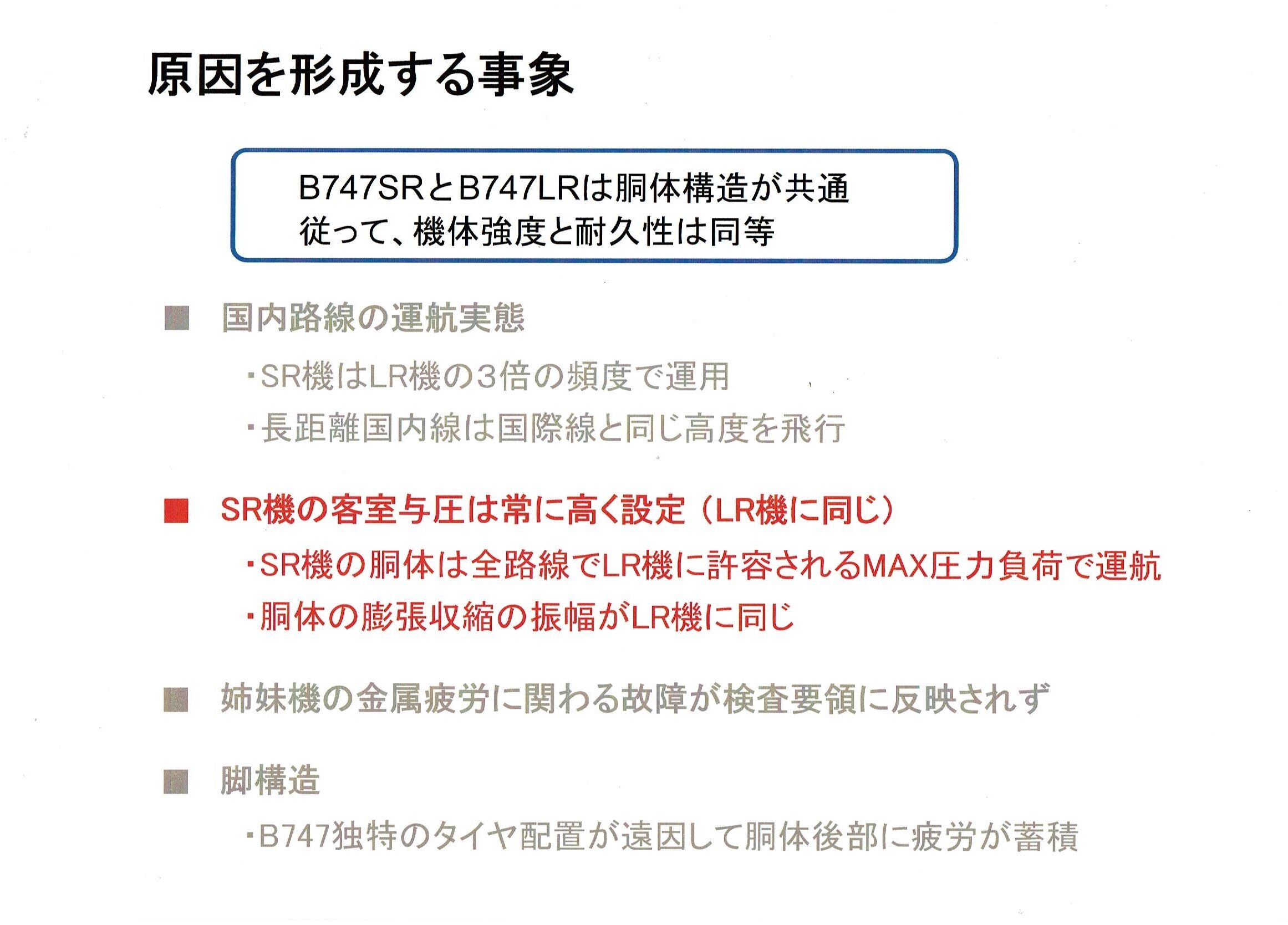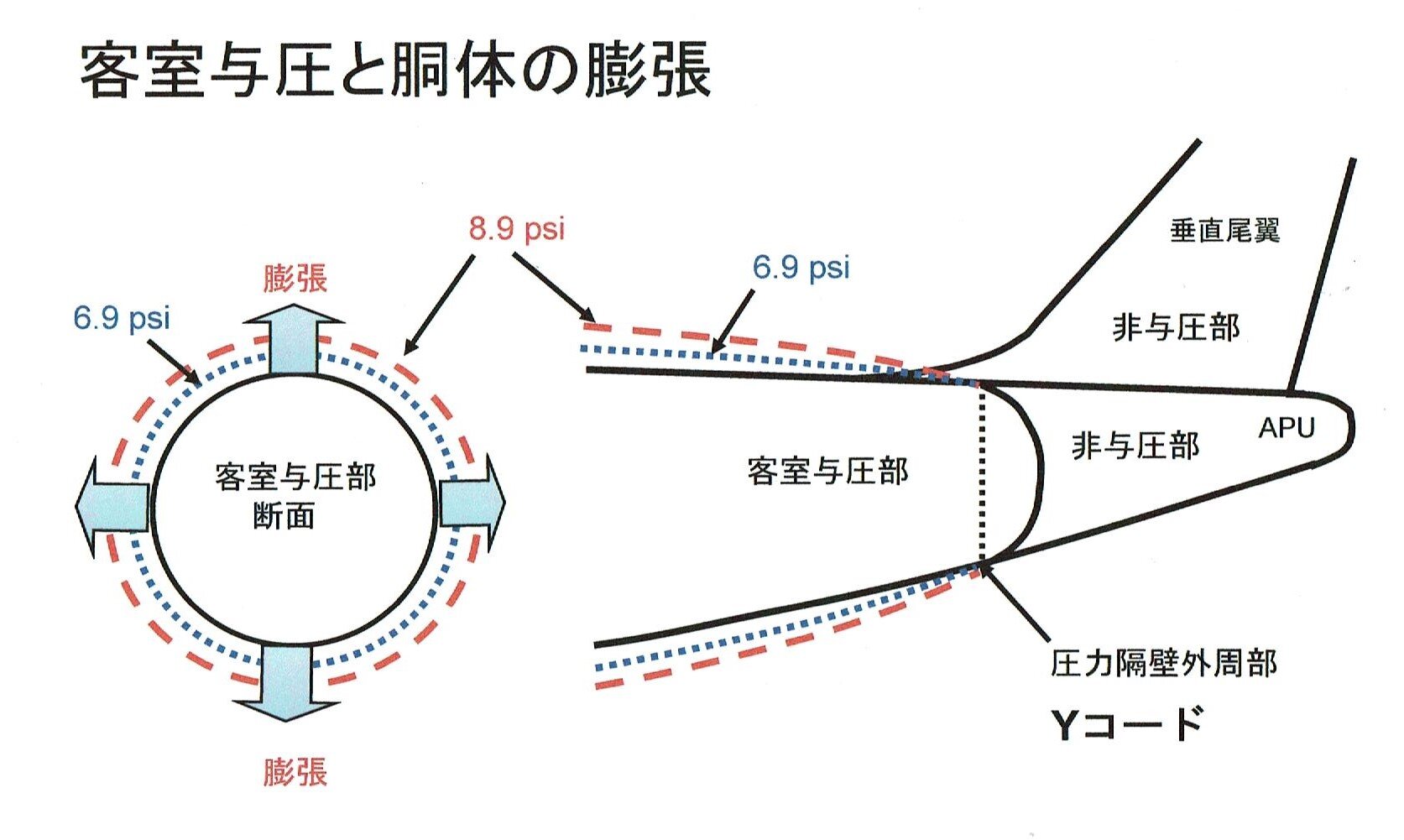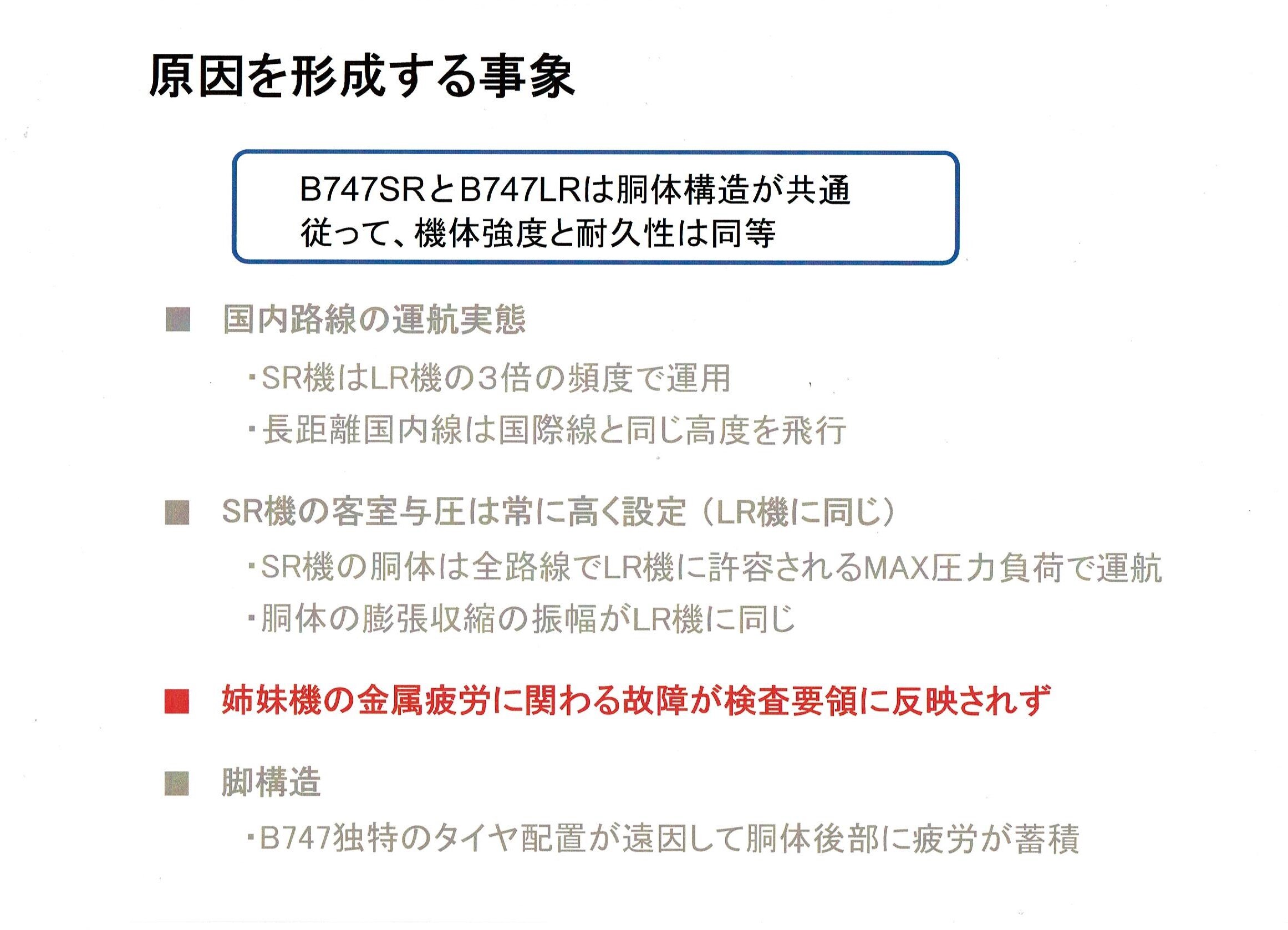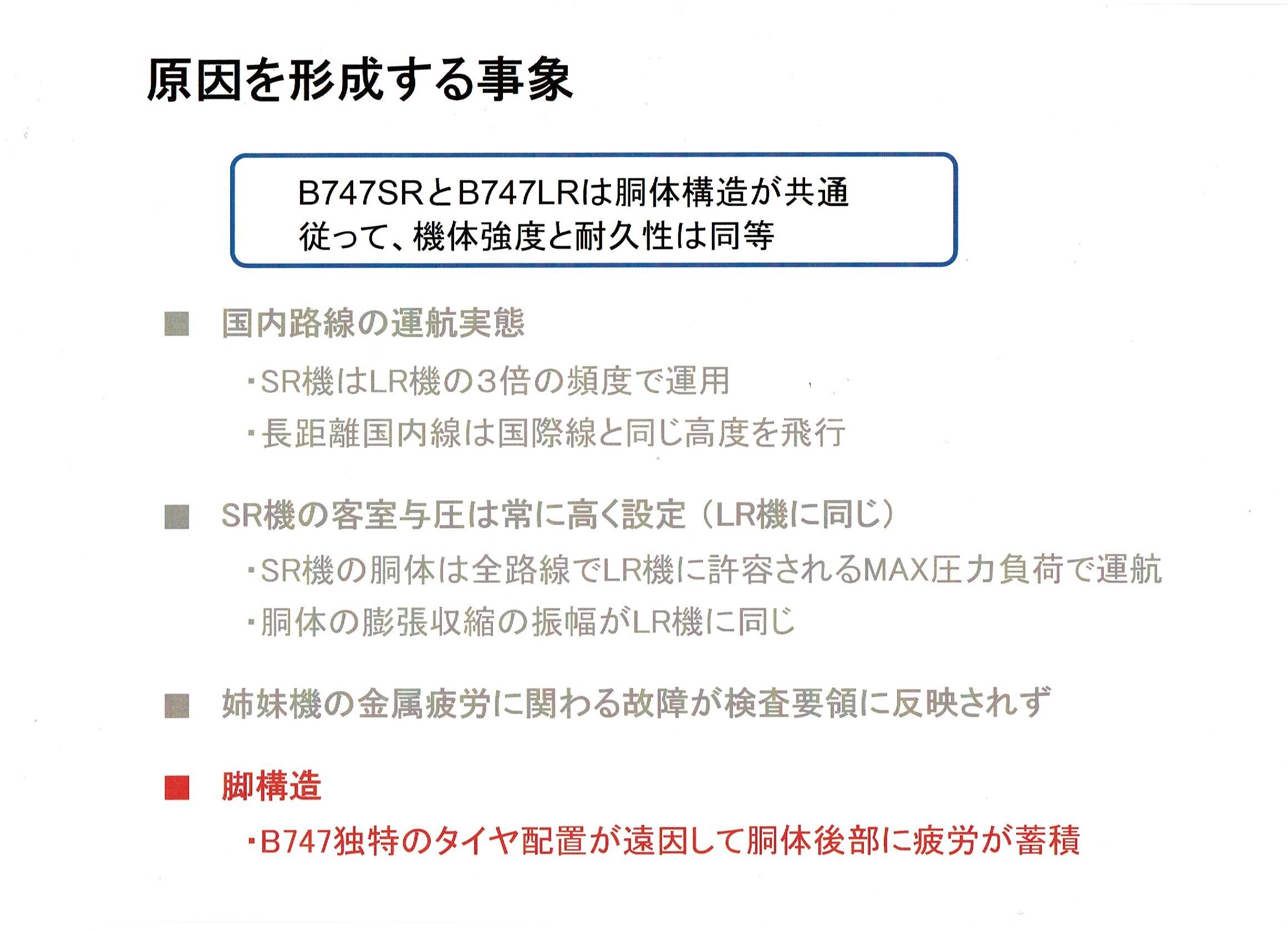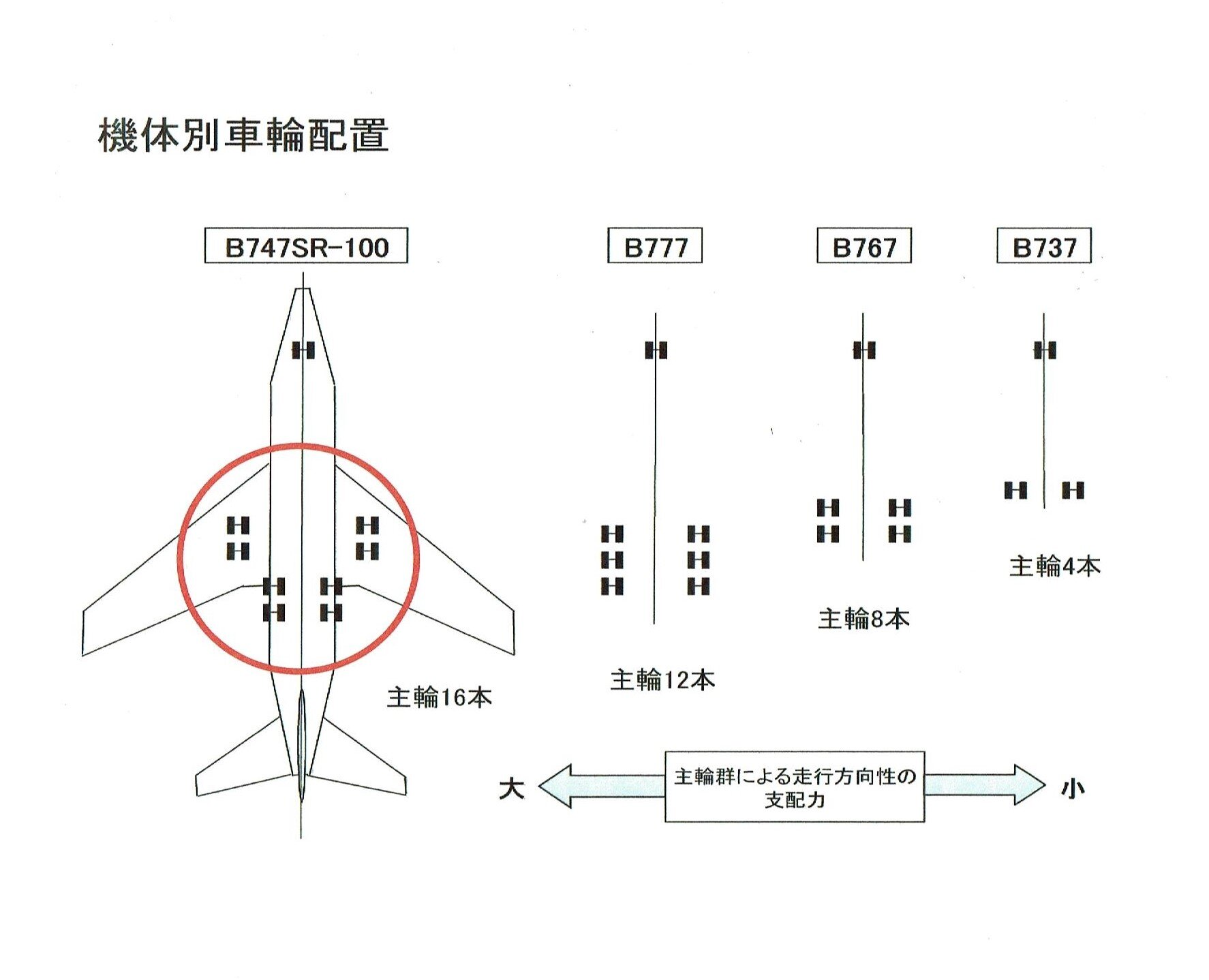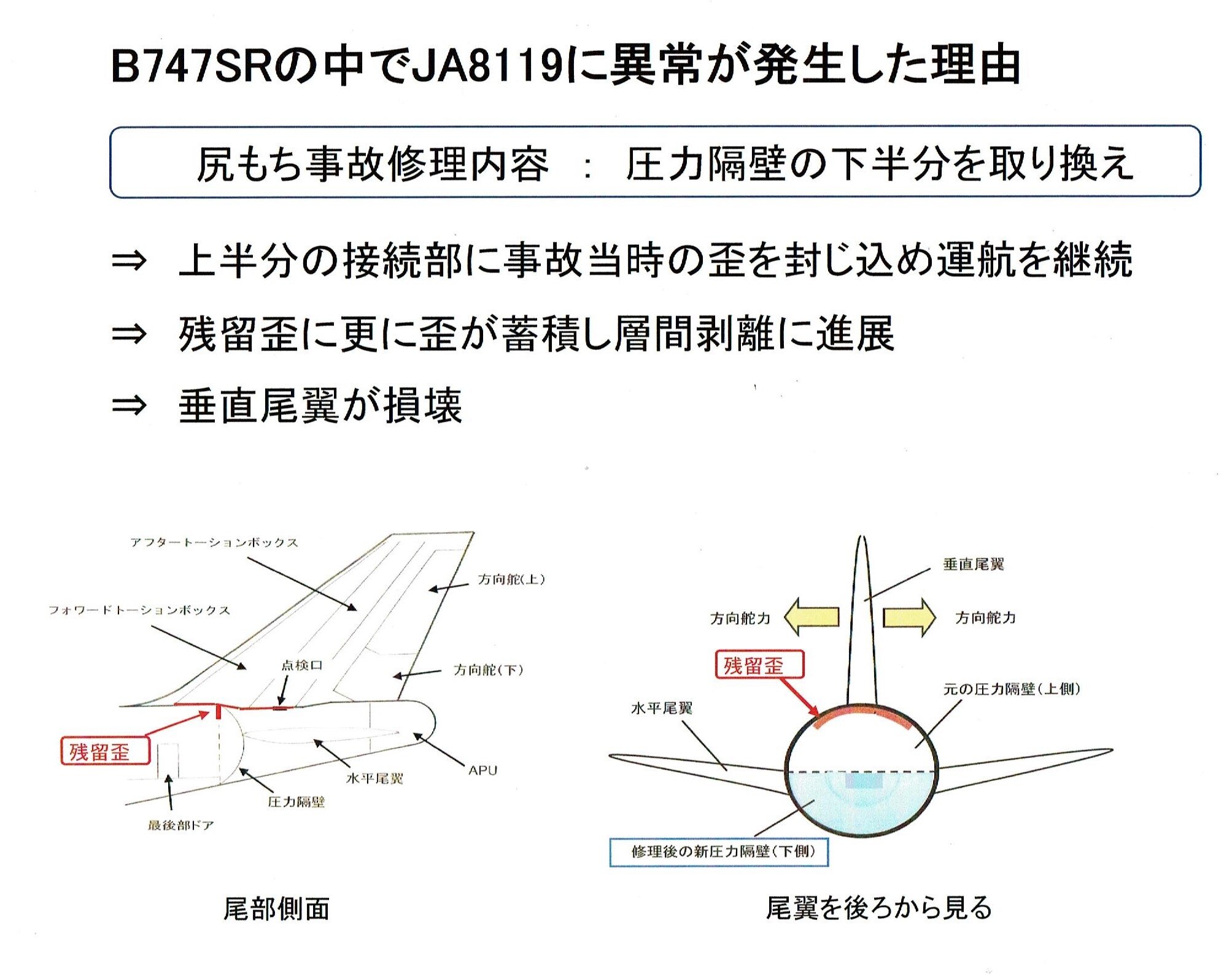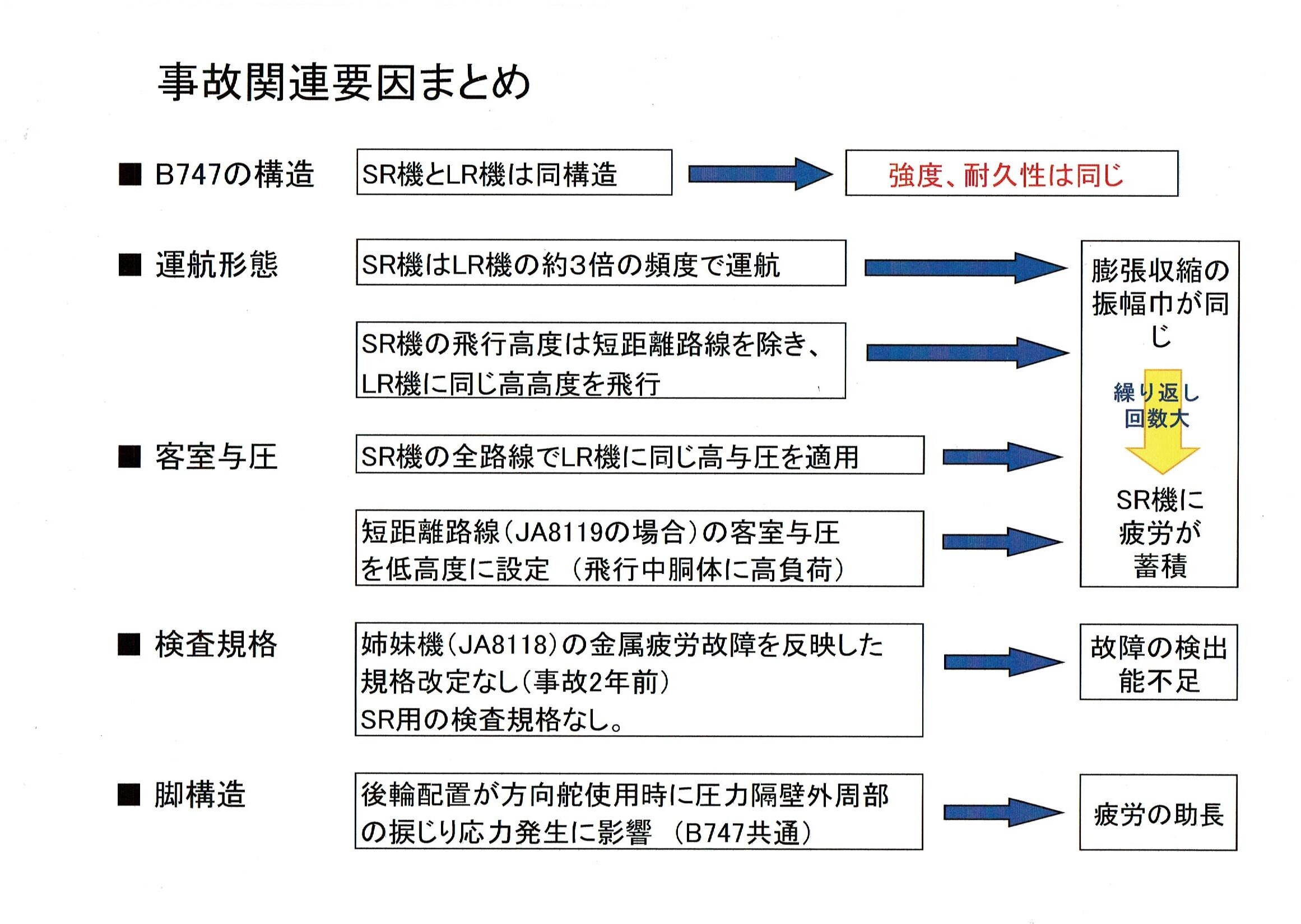Wings of Silence
Records tell the truth about the Japan Airlines Flight 123 crash
Chapter 1: Wake to Time Zero traced by 100 captains - 1
It has been 36 years since the crash of the Japan Airlines Flight 123 jumbo jet airliner.
As the cause of those who question the content of the official report is stalled, Jikusen will reconsider the situation from the perspective of aviation historian and publish the astonishing truth obtained from undisclosed information.
I am Takahiro jikusen, an aviation history researcher.
This video reports on the truth of the JAL123 flight crash that occurred in August 1985.
The reason for publishing it 36 years after the accident is that it won a newspaper short novel competition. The novel depicts the everyday life of whistling a song, but the singer who sang the song was the victim of the accident.
I wasn't convinced of the public cause of the accident and spent more than 30 years, but this award felt like the deceased singer encouraged me to unravel the truth.
In order to correctly record the history of aviation, I will report it with the awareness that it takes courage to see the facts. I decided to divide the content into three chapters and publish yhem on YouTube.
To ensure the report, the report uses only objective data.
In June 1987, the Aircraft Accident Investigation Report was published. However, some people said that the content was irrational. I also had some basic doubts about the content of the report.
After organizing and researching my own data, I was convinced that I could reasonably explain the cause of the accident and dispel any doubts.
I came to a convincing conclusion, so in July 2020, I climbed Mt. Osutaka as a memorial service and reported to the victims.
This photo is one of my own models showing the crash site. Whenever, I do failure analysis, I get hints for solutions from the model. I feel like I am at the scene.
Here, I will report the first chapter "The wake to time zero spelled by 100 captains" in three parts.
This video is Part 1. Part 2 explains the evidence. Part 3 describes the process of destruction.
First, I will summarize the conclusion and my questions.
Repairing an improper tail-strike accident by Boeing caused fatigue cracks on the bulkhead during flight. Finally, a 2 square meter hole was opened, and the air that blew out destroyed the rear equipment, causing it to become uncontrollable and crashed.
However, there was testimony of survivors that there was no decompression and air outflow was felt.
Since people could maintain consciousness, so did the hole close immediately?
The scenario in the research report that air energy alone destroyed the equipment is unreasonable.
It is natural to think that the rear part of the aircraft was destroyed due to other causes.
Then, when asked what the true cause was, it was an accident that even a sensible engineer could not immediately answer, and I think it was over 30 years when various causes were reported.
I have summarized the research results in a documentary. This first chapter examines the phenomenon from launch of the aircraft to the accident. Naturally, the cause is within this period.
The subtitle "100 captains" is the captain of the JAL B747 who provided technical data to me, and "time zero" is the time when an abnormality occurred.
Following the first chapter, the second chapter "32 minutes of stray loneliness" and the third chapter "Void investigation report" will be published on You Tube.
In the report, the domestic B747 is called the B747SR or SR aircraft, and the crash aircraft is called JA8119. B747 for international flights are called B747LR or LR aircraft.
With the increase in aviation demand, larger aircraft were considered, and the SR aircraft was born based on the LR aircraft.
Please see the appearance of the aircraft.
There is almost no difference in appearance other than the number of windows of second floor.
Since the transportation capacity is more than double that of conventional aircraft, transportation efficiency has improved dramatically.
The point to note is that the two aircraft have the same structure , strength, and durability.
This fact is the most important factor.
First, let me tell you the cause of the accident, which is the conclusion of my research.
It was concluded that the cause of the accident was fatigue fracture of the outer circumference of the pressure bulkhead near the base of the vertical stabilizer due to frequent repetition.
This area is not subject to repair for tail-strike accident.
The air leak occurred momentarily through the gap created when the vertical stabilizer broke, and part of the insulating material was sucked out.
This accident is a re-emergence of the classic 1950s accident.
There was a major blind spot in the recurrence of accident, and we cannot overlook the human error that the inspection procedure was not revised at the right time.
I see it as an accident that was supposed to happen.
I do not agree to the conclusions based on Boeing's repair mistake in the accident investigation report.
Suffice it to say, it was Boeing's mistake not to repair all of the pressure bulkhead, and emphasized the fact that the upper half of the pressure bulkhead remained tail-strike distortion.
It is impossible for a person to survive after the destruction of the pressure bulkhead. There is a discrepancy between the survivor's testimony and the conclusions of the report.
There was an absolutely unfavorable factor that promoted the fatigue of SR aircraft.
I could imagine that the SR aircraft would break down sooner or later.
I will explain in order.
The promise is that SR and LR aircraft have the same structure , so the strength and durability of the aircraft are the same.
The first is the frequency of SR aircraft operations.
SR aircraft were operated about three times as often as LR aircraft, and long-haul domestic flights flew at the same high altitudes as international flights.
The second is the cabin pressurization of SR aircraft.
The cabin pressurization of SR aircraft was always set to the same high pressure as LR aircraft of 8.9 psi.
On short-haul routes flying low, the JA8119 had a low pressurization altitude, so the fuselage was operated with the same expansion and contraction as the LR aircraft.
While flying three times as often as LR aircraft, there is a concern that metal fatigue will develop faster in SR aircraft than in LR aircraft.
The image is shown in this figure. Whereas SR aircraft was originally set to low pressurization of 6.9 psi, it was always set to the same 8.9 psi as LR aircraft.
The report does not state why it was fixed at high pressure.
It is clear that the fatigue of SR aircraft accumulates more than that of LR aircraft.
Fatigue seems to be most advanced near the Y-cord on the outer circumference of the pressure bulkhead.
The third is a deficiency in the inspection standard for metal fatigue.
A fatigue crack was found in JA8118, a sister aircraft of JA8119, but the inspection standard for SR aircraft was not immediately revised.
JAL engineer recall in his treatise that it was unbearable about this fact.
It should have been noted that the SR aircraft has the highest number of takeoffs and landings among the large aircraft.
The fourth is a unique leg structure.
Since the rolling direction of the main wheel group equipped with 16 tires is fixed, a large force is required to change the nose direction.
Please see the wheel arrangement diagram.
The tires are spread over a wide area, which forces the tires to skid when changing the direction.
Since this force is obtained from the rudder, it causes distortion in the upper part of the pressure bulkhead when turning the rudder.
The B747 was the largest aircraft oriented straight ahead.
Why did the accident occur in JA8119?
The reason why is largely related to the history of having a tail-strike accident 7 years ago.
The repair replaced the lower half of the pressure bulkhead. The distortion was still contained in the upper half, and as a result the residual strain was like a time bomb.
It was repeatedly stressed by the vertical stabilizer and eventually reached the fatigue limit and broke. I estimate that the number of repetitions reached nearly 1 million.
The man who got on the back seat of the flight just before JA123 wrote that he was worried about the abnormal noise from the ceiling. There were obvious sign.
The JA8119 had a decisively different history from other SR aircraft that distortion remained.
I am confident that the accident would not have occurred if the Boeing had been carried on the entire surface of the pressure bulkhead.
It can be said that JA8119 has used up the safety margin in a tail-strike accident.
I will summarize Chapter 1, Part1.
SR and LR aircraft have the same same strength and durability.
However, SR aircraft operated three times as often as LR aircraft, and operated at the same high altitude, except for short-distance routes.
Since SR aircraft had the same pressurization as the LR aircraft, the fuselage swelled like the LR aircraft. JA8119, which flies at low altitude, was set to the in-flight pressure near the surface of the earth, so the fuselage was in a fully inflated.
In other words, on all domestic flights, the fuselage was fully inflated and flew.
How did JAL apply such severe conditions to domestic flight?
Regarding the inspection standard, JA8118, a sister aircraft, was found to have a crack in the fuselage. It is clear that Boeing did not revise the regulation to perform an internal inspection of important structures. I think it was a mistake.
Now, next is the feature of the leg structure of the B747. All 16 tires are fixed so that they roll forward. The force to change direction is considerable.
B747 must absolutely run on the runway, but crosswinds require left and right nose adjustments.
This force is all due to the aerodynamics generated by the rudder.
It is clear that a torsional moment is generated in the upper part of the pressure bulkhead when a force is applied, and the B747 was the airplane with the largest force.
As far as I scrutinize the data, the conclusion is that human error exists and that it is an inevitable accident that should have happened.
The operation of SR aircraft was carried out under harsh conditions.
But, was the operator aware that it was an unprecedented operation?
The SR aircraft, which was carefully followed at the beginning of the service, may have become a normal condition after 5 years and 10 years without any problems.
In the case of this accident, it is believed that the true cause is the setting of harsh operating conditions.
If the repairs had been carried out all around the bulkhead, or the inspection procedure had been revised, I think the JA8119 would have retired as comfortably as any other SR aircraft.
In the next Part 2, will explain with objective evidence.
Thank you for watching Chapter 1 Part 1.
This was reported by Hirotaka Jikusen, an aviation history researcher.
I will excuse you until Part 2 next time.


